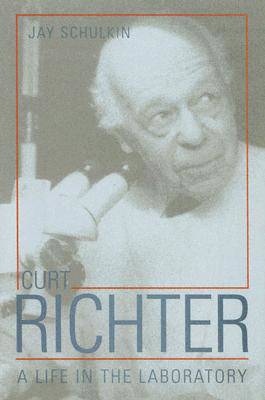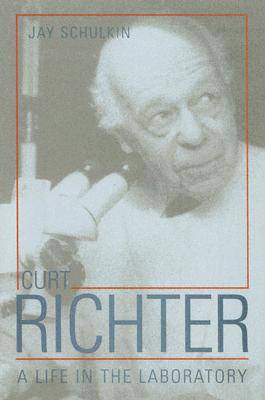
- Afhalen na 1 uur in een winkel met voorraad
- Gratis thuislevering in België vanaf € 30
- Ruim aanbod met 7 miljoen producten
- Afhalen na 1 uur in een winkel met voorraad
- Gratis thuislevering in België vanaf € 30
- Ruim aanbod met 7 miljoen producten
Omschrijving
In the first half of the twentieth century, psychology was a discipline in search of scientific legitimacy. Debates raged over how much of human and animal behavior is instinctive and how much is learned, and how behavior could be quantified accurately. At the Johns Hopkins University's new Phipps Psychiatric Clinic, Curt P. Richter stood aside from these heated theoretical arguments, choosing instead to apply his data-collection methods, innovative measurement techniques, playful sense of exploration, and consummate surgical skill to laboratory examinations of the biological basis of behavior.
From identifying the biological clocks that govern behavior and physiology to observing the self-regulation of nutrient levels by the body, the cyclical nature of some mental illnesses, and the causes of hopelessness, Richter's wide-ranging discoveries not only influenced the burgeoning field of psychobiology and paved the way for later researchers but also often had implications for the treatment of patients in the clinic.
At the time of his death in 1988, Richter left behind a massive collection of laboratory data. For this book, Jay Schulkin mined six decades of Richter's archived research data, personal documents, and interviews to flesh out an engaging portrait of a "laboratory artisan" in the context of his work.
Specificaties
Betrokkenen
- Auteur(s):
- Uitgeverij:
Inhoud
- Aantal bladzijden:
- 208
- Taal:
- Engels
Eigenschappen
- Productcode (EAN):
- 9780801880735
- Verschijningsdatum:
- 9/06/2005
- Uitvoering:
- Hardcover
- Formaat:
- Genaaid
- Afmetingen:
- 162 mm x 236 mm
- Gewicht:
- 417 g

Alleen bij Standaard Boekhandel
Beoordelingen
We publiceren alleen reviews die voldoen aan de voorwaarden voor reviews. Bekijk onze voorwaarden voor reviews.











